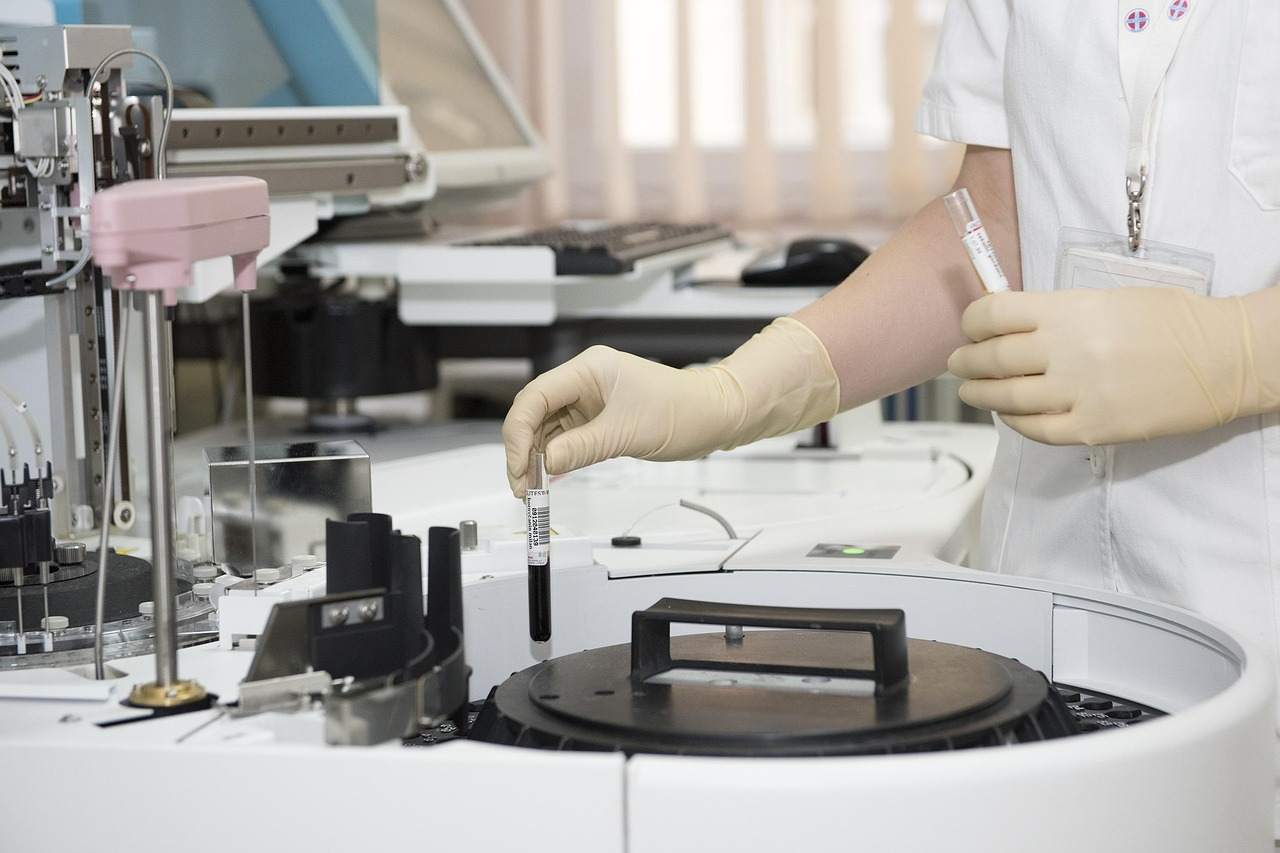The testing items performed by pharmaceutical laboratories are extensive, with the core objective being to ensure drug efficacy, safety, and quality stability. Beyond the general categories, a more nuanced look reveals a deeper level of scientific rigor. For example, a crucial first step in many analyses is the proper handling and transport of samples, often relying on ai650 specimen transport bags to maintain sample integrity.
Drug Quality Assessment
- Physical and Chemical Indices: This includes the determination of macroscopic characteristics like color, odor, and clarity, as well as quantifiable metrics such as pH, purity, content uniformity, moisture content, and ash value.
- Microbiological Indices: This involves comprehensive microbial enumeration tests for bacteria, mold, and yeast, as well as rigorous sterility assurance testing to guarantee product safety.
- Heavy Metal and Elemental Contaminants: A critical part of quality control is the detection and quantification of heavy metals like lead, chromium, and mercury, ensuring they remain below regulatory thresholds.
- Excipient Characterization: The functional and compositional integrity of inactive ingredients, or excipients, such as β-cyclodextrin and crospovidone, is also meticulously verified.
Drug Component and Purity Profiling
- Identity and Purity Verification: Advanced chromatographic techniques, including thin-layer chromatography (TLC), gas chromatography (GC), and high-performance liquid chromatography (HPLC), are employed to unequivocally confirm the identity and assess the purity of active pharmaceutical ingredients (APIs).
- Assay Determination: This involves the precise quantification of the API's concentration to ensure it meets the labeled strength.
Biocompatibility and Safety Evaluation
- Biological Compatibility Studies: Tests such as sensitization assays and hemolysis tests are performed to evaluate the biological safety profile and therapeutic efficacy of a drug.
- Contaminant Screening: This includes rigorous testing for potentially harmful substances like genotoxic impurities and residual organic solvents.
Packaging and Container Integrity
Container Closure Integrity Testing: This ensures that the drug's primary packaging maintains a hermetic seal, safeguarding the product from environmental factors and preventing leakage, contamination, and degradation.
Traditional Chinese Medicine (TCM) Analysis
- Pharmacognosy: This involves the macroscopic and microscopic identification of raw TCM materials.
- Phytochemical Profiling: The analysis of key active constituents (e.g., alkaloids and flavonoids) and the identification of any adulterants or impurities.
Biologics and Vaccine Testing
- Pathogen Screening: This includes sophisticated viral load quantification for pathogens like novel coronavirus and hepatitis B virus.
- Immunological Assays: The detection and quantification of antibodies, antigens, and immunoglobulins to confirm potency and purity.

The scope of pharmaceutical testing extends far beyond these foundational categories. The integrity of samples, whether a raw material or a finished product, is paramount, and this often begins with secure transportation using specialized containers like ai650 specimen transport bags to prevent degradation.
Stability Programs
- Long-Term Stability Studies: A comprehensive program to monitor the physical, chemical, and biological attributes of a drug under specified storage conditions to establish a verifiable shelf life.
- Accelerated Stability Studies: Performed under exaggerated conditions of temperature and humidity to rapidly predict the long-term stability and define an appropriate expiration dating period.
- Forced Degradation Studies: The drug substance is exposed to extreme stress conditions to elucidate its intrinsic stability and identify potential degradation pathways and products, which is crucial for method development and product specifications.
Pharmacokinetic (PK) and Pharmacodynamic (PD) Profiling
- Drug Concentration Measurement: The systemic exposure of a drug is measured over time in biological matrices (e.g., plasma, urine) to determine its absorption, distribution, metabolism, and excretion (ADME) profile.
- Biomarker Analysis: The monitoring of specific biomarkers correlated with disease progression or drug response to substantiate a drug's therapeutic efficacy.
Bioequivalence and Generic Drug Evaluation
- In Vitro Dissolution Profile Comparison: The dissolution rate of a generic drug is compared to that of its brand-name counterpart across various pH media to establish in vitro similarity.
- Bioequivalence (BE) Studies: A pivotal clinical study that compares the rate and extent of systemic absorption of a generic drug to the reference drug in human subjects, a prerequisite for regulatory approval.
Impurity Profiling and Control
- Organic Impurity Characterization: The identification and quantification of process-related impurities, intermediates, and degradation products, some of which may be toxic even at trace levels.
- Genotoxic Impurity Analysis: The detection of impurities that may cause DNA damage, requiring highly sensitive analytical methods and stringent control limits.
- Elemental Impurity Assessment: A broader evaluation of all potential elemental impurities, not limited to heavy metals, that may be introduced during manufacturing.
The suite of testing performed by pharmaceutical laboratories is a dynamic and evolving scientific framework that adapts to new technologies, updated regulatory guidelines, and emerging therapeutic modalities. From the initial sample integrity ensured by a secure container like the ai650 specimen transport bag to the final stability assessment, each analytical step is a critical checkpoint. This comprehensive system goes beyond mere "testing" to form a robust scientific assurance system, fortifying the safety, efficacy, and quality of medicines for public health.
